If you haven’t been to Rottnest Island in Western Australia, you must add this to your Australia adventure!
Rotto, as most locals called Rottnest Island, is a protected nature reserve with its idyllic postcard-perfect beauty, dreamy swimming spots, and laidback vibe. There are 63 beaches and 20 bays on the 19km island, a renowned snorkeling destination.
It’s almost hard to believe that this beautiful island of paradise is only 18km off the coast from Fremantle or Perth.
History of Rottnest Island
Rottnest Island’s history extends as far back as 50,000 years ago when it was still connected to the mainland of Western Australia. Aboriginal artifacts suggest there was significant human occupation until ~7,000 years ago when the rising sea levels resulted in the separation of the island. Without boats Aboriginal people on the mainland weren’t able to make the crossing, leaving the island uninhabited for the next several thousand years. Rottnest Island features in Noongar Aboriginal mythology as Wadjemup, meaning "place across the water where the spirits are".
't Eylandt 't Rottenest ("Rats' Nest Island")
After separating from the mainland, the island remained uninhabited until 13 Dutch sailors from the Waeckende Boey landed near Bathurst Point on 19 March 1658. This marked the beginning of European exploration and settlement on the island. In 1696, Dutch captain Willem de Vlamingh spent 6 days exploring the island before giving it the name 't Eylandt 't Rottenest ("Rats' Nest Island") after the quokkas which he mistook for giant rats.
Swan River Colony Offshoot
A couple hundred years later, William Clarke and Robert Thomson received land grants from the British Swan River Colony for pastureland and town lots to be built on the island. In 1831 Thomson moved his family to the island and began building up the island’s main settlement at Thompson Bay. Pasture land for hay production was developed west of Herschel Lake, while several salt lakes were harvested and the salt was exported to the mainland. Today, you can wander through the main settlement and be transported back through time as you stroll past early colonial cottages, including the salt stores.
Throughout most of the European exploration and settlement, Rottnest Island communicated with the mainland of Western Australia through semaphore flags and flares. Up until the 1880s, a manned lookout at Bathurst Point included a signaling station, which conveyed shipping information between the island’s Wadjemup Lighthouse and Arthur Head on the mainland. Wadjemup Lighthouse has undergone many upgrades throughout its history, continuing to be in operation today by the Australian Maritime Safety Authority.
Rottnest Island Fortress
During World War II, Rottnest Island was an important part of the defense of the Fremantle port. Military fixtures including the railway, barracks, concrete lookouts, bunkers, and four large guns positioned at Oliver Hill and Bickley Point became known as the "Rottnest Island Fortress". Much of this infrastructure was decommissioned after WWII and in the 1990s the gun emplacements and railway were extensively reconstructed. Today, you can set up camp in the old barracks, take a tour of the guns and tunnels, and journey to the battery on the train from Kingstown Barracks.
Aboriginal History
Rottnest Island has a long history with Wadjemup. The traditional owners of Rottnest Island are the Whadjuk Noongar people. The name for Rottnest Island in the Noongar language is Wadjemup, which means ‘place across the water where the spirits are.'
Yet, despite all the wonderful things we heard about Rottnest Island and its adorable quokkas, the island also has its own dark past and painful tragedy for Aboriginal people, whom they continuously seek to reclaim this part of its history and have acknowledgment and respect.
For almost 100 years, Rottnest Island (Wadjemup) was a prison for Aboriginal people from all across Western Australia. The island received its first six prisoners in 1838, and except for a brief closure between 1849 to 1855, the island functioned as a prison until 1931. Between 1903 and 1931 Wadjemup also operated as an extension of the dreaded Fremantle Prison.
It is estimated that around 4,000 Aboriginal men and boys from all over WA were incarcerated on the island and forced into labor. Many were transported in chains over long distances in the heat of northern summers and across the cold and windy oceans. In 2016, it is reported that there are over 373 unmarked graves of Aboriginal men – depicted as the largest number of deaths in custody sites in Australia and the largest known burial ground of Aboriginal people.
The prison itself was cramped and cold, with up to five prisoners in a two-meter by three-meter cell. This meant each man would have a sleeping width of fewer than 60 centimeters. More men were arriving at Rottnest Island than ever before, and conditions were at their worst. Overcrowding peaked and disease was rife. Tiny cells were jammed with up to 10 men. There were no toilets, and no beds and the damp floors were made of dirt.
The cells were filthy and freezing cold in the winter. Disease spread rapidly — mostly measles and influenza — and at least 60 men died one winter.
What many people didn’t realize is that today’s camping grounds and accommodation areas are former prison cells and unmarked burial grounds.
The Wadjemup Project
Only in 2020, a group of Noongar Elders will lead the Wadjemup Project, which will commemorate the painful past of Rottnest Island. The Wadjemup Project will reconcile the history of Aboriginal people’s imprisonment on the island, focusing on how best to commemorate the Aboriginal men and boys who are buried there and the use of the former prison building.
The project will be Australia’s first large-scale, genuine act of recognition related to the impacts of colonization on Aboriginal people.
What to see and do
A short stroll from the ferry terminal, you’ll find Thomson Bay Settlement, with a visitor’s center, cafes, and shops. Later in the day, you’ll see plenty of quokkas scurrying around here. This is the busiest spot on the island; perfect to grab a bite to eat – consider an organic meat pie from the Rottnest Bakery, and other supplies you might need.
Just beware of those naughty crows roaming around that are waiting to snatch your pies. They are quite persistent though.
Getting Around the Island
The entire, relatively small island is a carefree zone, so your options to get around are either by bus, segway, or bicycle.
Biking around the island is about 22 km with lots of hills to contend especially in the heat. We recommend using an e-bike instead for a more relaxing pedal around. During our visit, we booked our e-bike rental for the day at Pedal and Flipper. Riding counterclockwise around the island offers more downhill stints!
The 4km mini loop takes in some of the most popular attractions such as The Basin, Geordie Bay, and Vlamingh Lookout and all can easily be done in less than an hour.
You can also take the bus services; a hop-on/hop-off Island Explorer bus stopping at various beaches and bays as it traverses the island in a clockwise direction and a Discovery Bus that loops around the island in 90-minutes with commentary.
Lockers are available (small, medium, or large) for rent, located behind the Visitor Centre, and also next to the Pedal and Flipper shop.
Enjoy whale watching
After you enjoy cycling around the island, visit the viewing platforms at Cathedral Rocks and Cape Vlamingh to see Australian sea lions, bottlenose dolphins, New Zealand fur seals, and humpback whales on their annual migration during the months of August to November.
Discover the underwater beauty
With more than 135 species of tropical fish to spot around the island, Rottnest Island offers incredible snorkel trails, especially on a sunny day. Visit the snorkeling haven located at The Basin or Little Armstrong Bay – a calm, secluded spot on the north side of the island. Also, check at the Henrietta Rocks, a shipwreck that lies about 50 meters from the shore in the shallow.
Visit Salmon Bay, a place rich habitat for juvenile marine life.
Don’t forget to bring your gear, or you can always rent from Pedal and Flipper. Or even rent a kayak!
Visit the island’s lighthouses
There are two lighthouses situated on Rottnest Island.
Constructed in 1896, Wadjemup Lighthouse stands at the highest point of Rottnest Island, offering visitors a fantastic view of Perth City on the distant mainland. At approximately 38 meters, it is the fourth tallest lighthouse in Australia and replaced the original 20-meter structure built in 1849.
Located at the centre of the island, you can get to the Wadjemup Lighthouse by bike (a 15-minute ride from the Settlement), by bus tour, shuttle bus, by foot via the Wadjemup Bidi walk trail, or cycle your way from the settlement.
There are three other buildings in the Wadjemup precinct, including the Signal Station, the Battery Observation Post, and the Women's Royal Australian Navy Service, which are also intact and linked by self-guided interpretive signage.
Bathurst Lighthouse, on the northern edge of Rottnest Island, was built in 1900 to support Wadjemup Lighthouse following the City of York shipping disaster in 1899, where 11 lives were lost. It is 20 meters high and in conjunction with Wadjemup and the Fremantle Lighthouse, creates a navigational triangle to guide skippers.
The reef structure surrounding Rottnest Island meant that the construction of two lighthouses was essential to assist vessels to navigate the channel between Fremantle and the Island.
While the lighthouse itself runs automatically and is closed to visitors, it is located at one of the highest points on the island with breathtaking views on offer, including the famous sunsets of Pinky Beach.
Due to the recent pandemic, guided tour climbing up inside these lighthouses has been canceled. However, you can still enjoy its towering beauty from its grounds.
Rottnest Island’s pink lakes
For a little change of scenery, head to the island’s number of salt lakes where you can enjoy its pinkish hue.
It might not be as bubblegum-pink as the Hutt Lagoon in Gregory, however, the Rottnest Island pink lakes have their own unique charm, especially during sunrise and sunset. You can spot some quokkas around, but they are not as friendly compared to the quokkas located in the settlement. These lakes are part of a wetland habitat that is an important part of the island’s ecosystem, covering more than 200 hectares of swamps, seeps, and salt lakes.
Beach hopping
Never forget your pairs of bikinis and lots of sunscreen lotion when visiting Rottnest Island.
You’ll find secluded spots and busy beaches alike scattered across the island. Pinky Beach is home to buzzing Pinky’s Rottnest Island Bar and Restaurant, the perfect spot to relax with a drink and take in the views, especially during sunset if you’re on the island for the night.
Just a 10-mins walk away is The Basin, a popular spot for snorkeling in crystal clear, shallow waters. Walk even further and you will spot Little Parakeet Bay, another shallow water.
On the other side of the island, the sheltered waters of Thomson Bay have a roped-off swimming area and are busy given the location in the main settlement.
On the southern coastline, Salmon Bay and Parker Point are other great swimming beach spots for their calm, and shallow waters.
There is a total of 63 perfect beaches and bays on the island and you will never run out of good sunbathing spots.
Kingston Barracks – Rottnest’s military past
There's a group of old Army brick buildings in the southeast corner of the island called Kingstown Barracks. According to a bronze plaque, the Army officially occupied the site between 30 June 1936 and 14 December 1984, after which the Western Australian Government was handed the keys.
But the Army had been secretly at work much longer. By 1934 it possessed detailed plans of its intentions. Furthermore, it selected the name, Bickley Point Fort. When this became known, the conservative Royal WA Historical Society successfully lobbied for Kingstown, which was a hangover from 1830s British colonial cartography.
The barracks are now managed by the government's island authority as low-level accommodation for backpacking youth hostelers, and mass bookings from groups such as schools and sports teams.
The barracks were built from red bricks manufactured east of Perth. Apparently, the original design only accommodated about 76 soldiers, then alterations were made to double the number to 150. However, during WW2 there were over a couple of thousand military personnel under canvas at other places on the island.
Say hello to some friendly quokkas
The island’s favorite marsupial residents may be incredibly photogenic and friendly (perhaps due to the lack of natural predators on the island) but remember not to feed them or touch them. Despite being nocturnal animals, you can see some of them around the settlement, especially in the mid to late afternoon. Take the free guided walks to see the quokkas’ natural habitats.
Where to Eat
There is a number of places to dine on Rottnest Island. We visited the island’s icon, Rottnest Bakery which offers an assortment of fresh flavors, from old-school favorites such as sausage rolls, and meat pies, to delicious bakery sweet treats like vanilla slices, cream buns, and jam doughnuts. They also have sandwiches; cold and hot drinks are also available.
 |
Geordie’s Café & Art Gallery |
After long hours of cycling, we stopped at Geordie’s Café & Art Gallery to grab a coffee and some snacks. They also serve tea, freshly made juices, and smoothies. The café is fully licensed and offers a selection of local beers, wines, premium spirits, and handcrafted cocktails. Choose from an extensive breakfast, lunch, dinner, bar, hot and cold drinks, homemade desserts, or kids’ menu, or try one of the evening blackboard specials.
Other cafes and restaurants available on the island are Kalli’s on Rotto, The Lane Café, Lexi’s on Rotto, the ice cream shop called Simmo’s, Subway, Dome café, Frankie’s on Rotto, The Top Bar, Isola Bar e Cibo, Lontara, and Pinky's Rottnest Island.
How to get there
The ferry ride can be notoriously bumpy, just like what we’ve experienced during the bad weather which takes 45-minutes from Fremantle. If the weather is good and sunny it only normally takes 30-minutes. If you are traveling from Perth City, that will take 90-minutes, and 45-minutes if you will start at the Hillarys Boat Harbour, north of Perth.
There are three ferry companies that service the island, Rottnest Express, SeaLink, and Rottnest Fast Ferries. Book your ticket online to avoid disappointment, especially during the summer months.
If you don’t fancy crossing through the ocean, you can opt for a quicker (and pricey) way to make an entrance using a helicopter or seaplane. There is also an option for a private boat charter.
Admission Fee to Rottnest island - $20 per person (usually this is included in your ferry tickets)
TIP: To prevent sea sickness, we recommend that you take seasick tablets such as Kwells Travel Sickness Chewable.
Where to Stay
About 80% of Rottnest visitors are day-trippers, but if you don’t feel like sprinting for the last ferry, make an overnight stay and settle in to enjoy the sunset. You Will find several accommodations, from basic camping to beachfront glamping and luxury hotels. However, accommodations in the islands are super and always booked fast, so best to grab your reservations.
A luxury accommodation that offers high-end villas, enticing restaurants and spas, and a prime beachfront position on Thomson Bay.
Featuring 83 premium eco-tents with spacious ensuites, pillow-topped beds, and furnished outdoor decks – the perfect place to daydream and soak up the pristine sanctuary of Rottnest Island while appreciating being close to nature, with a few special creature comforts. Also known as the first low-impact glamping experience on Rottnest Island.
Just right behind the bakery in the settlement and housed in an old prison. There is a campground close to the settlement, a short stroll to The Basin beach.
Additional Tips when visiting Rottnest Island
1. Do not forget to always have your seasickness travel tablet with you.
2. You can bring your own food on the island, keeping in mind that you should not leave any litter around.
3. Quokkas tend to pick up trash thinking it is food. Again, do not leave your trash unattended.
4. Do not feed the quokkas.
5. You can somehow touch them but do not pick them up.
6. Rent an electric bike from Pedal & Flipper for $71 per 1day/24hrs or a geared bike for $30 per 1day/24hrs. Additional $5 fee if you want to add a basket to carry your little stuff.
7. Bring a water bottle with you. There is a water station around the island and the water is drinkable.
8. Toilet Stations are everywhere for your own convenience.
9. You could bring your own camping gear if you decided to stay overnight. Check for the updated fees required.
10. Dogs/cats are not allowed on the island. Do not attempt to smuggle them.
11. The island shops and other business accepts both EFTPOS and Cash payment.
12. Taking photos around the island is permitted, however, you need a permit for filming and for flying your drone on Rottnest Island.
13. In case of emergency, there are available nurses and aid on the island, and emergency vehicles such as ambulances and helicopters are available.
Acknowledgment of the Country:
We acknowledge the Traditional Owners of the Country throughout Australia and recognize their continuing connection to land, waters, and culture. We pay our respects to Elders past, present, and emerging and ask that during your travels you respect these cultures, peoples, and land.


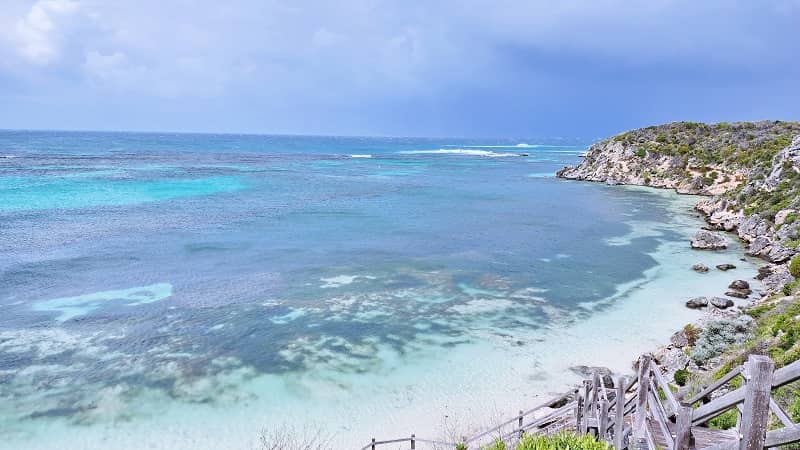

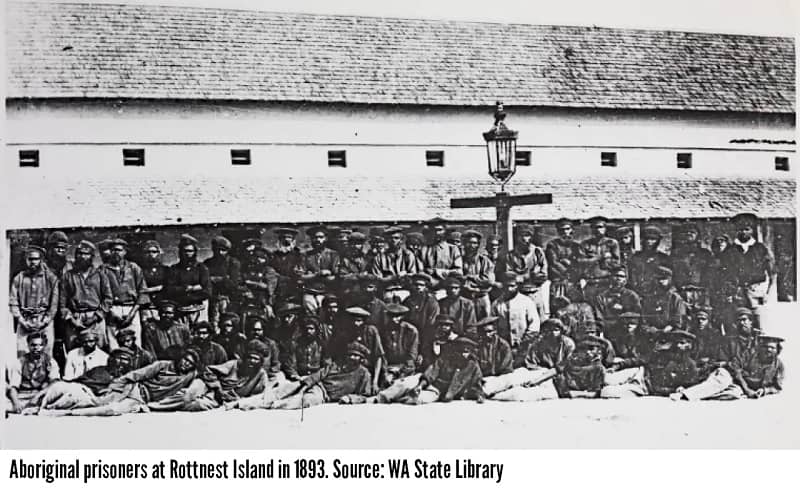

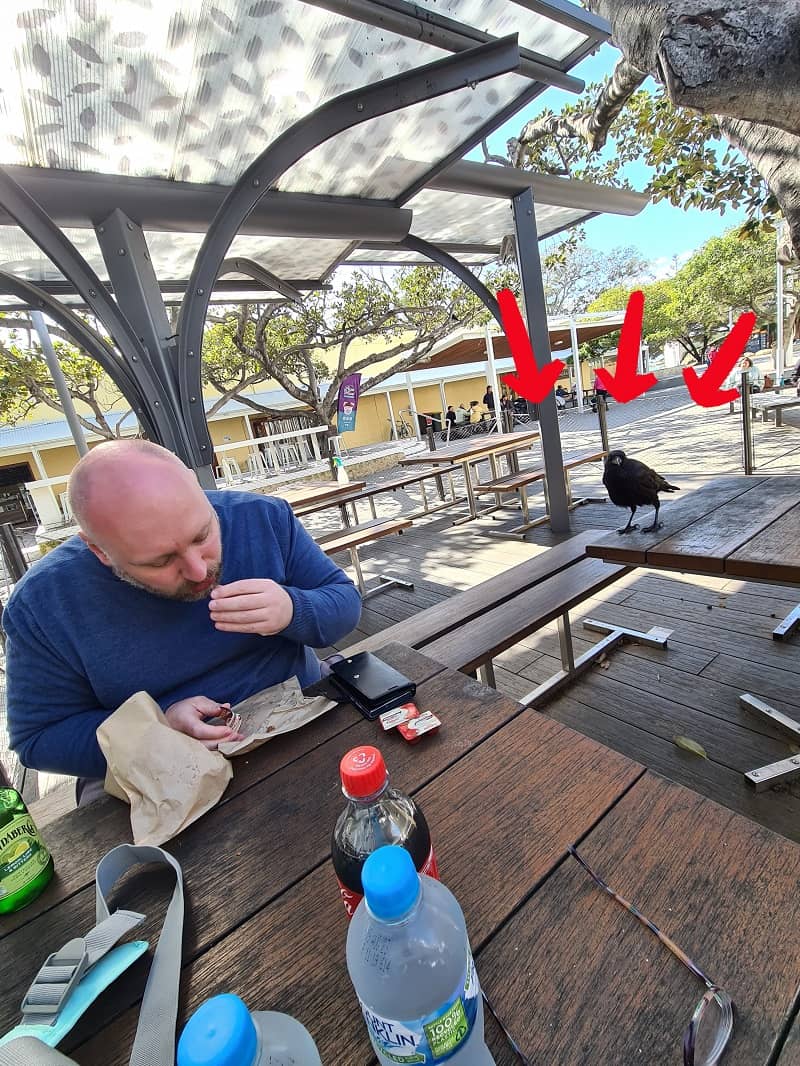





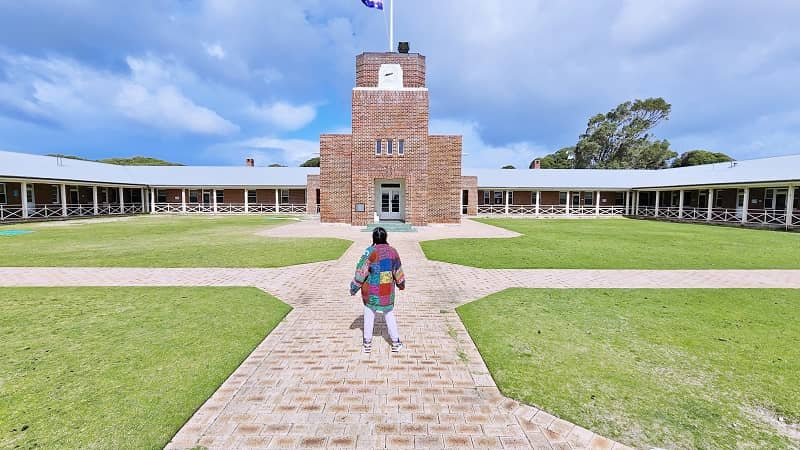








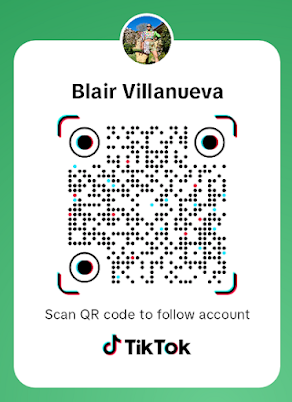














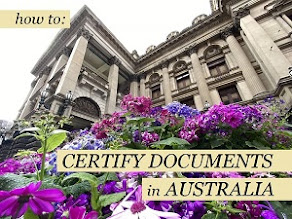
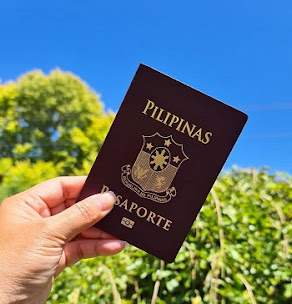

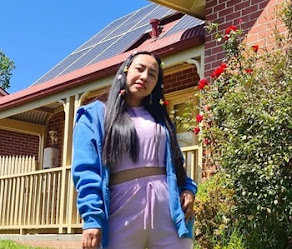


beautiful view and place
ReplyDeleteThat really is quite beautiful. I know quokkas are big rats but they’re still kinda cute.
ReplyDeleteyeah, they are the cutest giant rats!
DeleteAustralia still evades me. I have yet to visit and I have always looked toward the eastern parts of Australia as the place to begin. But western Australia has its merits, too, as you illustrate.
ReplyDeleteEvery place has its own stories to tell.
DeleteInteresting, I have never heard of this place before! It looks beautiful! Thank you for sharing!
ReplyDeleteWow, amazing place. I love checking places and also learning about the history. Thank you for sharing this lovely guide.
ReplyDelete
ReplyDeleteRottnest Island is truly beautiful and it's amazing to hop on a bike and explore different areas. Thanks a lot for sharing your experience and the photos are nice! - Knycx Journeying
The history there is so interesting! I'd love to know more about the aboriginal side of Australia.
ReplyDeleteWow, such a beautiful place and what great pictures you took! Reading this post makes me realize how there's a story in every place we go to.
ReplyDeleteAt least they acknowledge the past injustices that occurred there. I hope the native people are able to get that land back.
ReplyDeleteYay such a wonderful place to visit ang ganda po Dyan and sure na ig worthy pa 🥰
ReplyDeleteRottnest Island is a worth visiting place. 😘 There is so much to see and do that it's hard to fit it into one day.
ReplyDelete